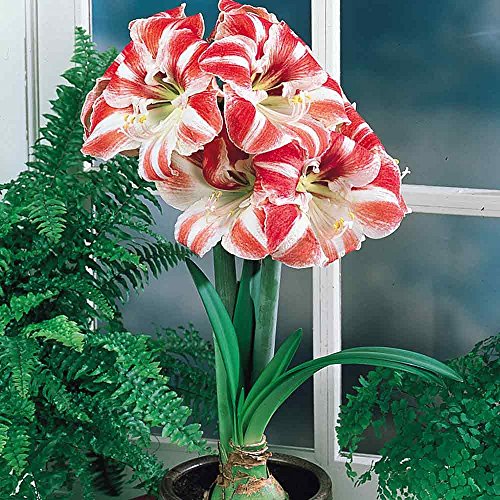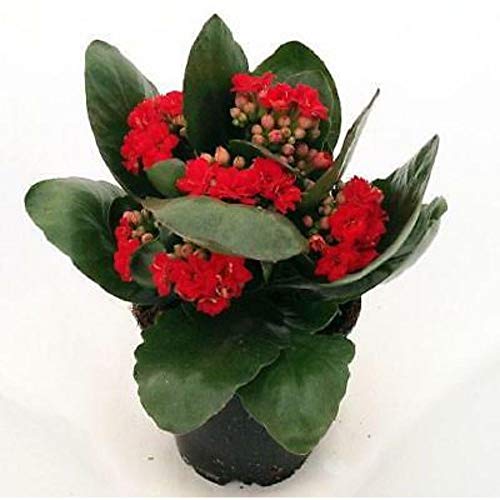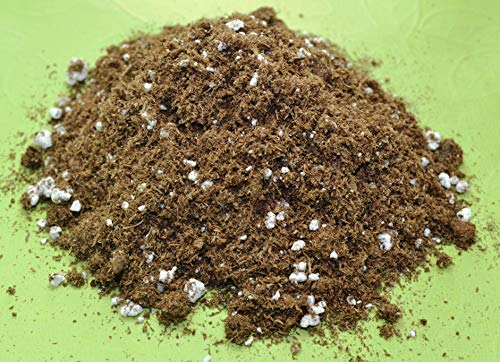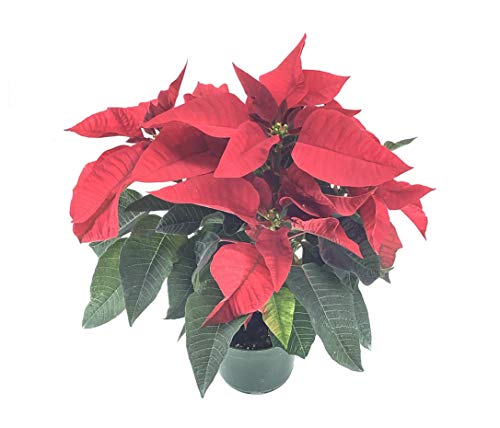Ornamental plants like poinsettias, Christmas cacti, Christmas Kalanchoe, amaryllis bulbs and miniature Christmas trees are often given as gifts during the holiday season. Unfortunately, these plants usually don't come with plant care information. And the gift recipient may not have a green thumb.
Many people mistakenly leave these plants outside without realizing they aren't very cold hardy. Freezing winter temperatures can quickly turn your new plants to mush. Then your plant-gifts are only suited for the compost bin.
Tropical immigrants
Most holiday gift plants are tropical or subtropical plant species that prefer lots of sunlight (but not direct sunlight), average humidity around 25-50 percent, and warm daily temperatures averaging 65-75 degrees F.
They make excellent houseplants if you have a sunny window nearby.
It's important to keep the soil moist, but not wet for holiday gift plants. These plants often come wrapped in festive foil or plastic. This wrapping may keep the plant from dripping on the furniture, but it can keep the soil too wet. This can ultimately lead to root rot and leaf drop.
Unwrap your plants
Now that the holidays are over, remove the wrapping and make sure there are drainage holes in the bottom of the pot. Some of the fancier containers don't have drainage holes and you may need to repot the plant or drill holes in the bottom.
Place a saucer or pan under the pot to catch any excess water. Don't allow water to stand in the saucer for more than a few minutes. Once the soil has drained, dump the excess water. Most holiday plants should be watered only after the soil surface turns dry.
If your holiday gift plant produces flowers, after a few weeks they will begin to drop the flowers and go into a resting state. Often, they will bloom again later in the year if they are provided the right conditions.
Plant bulbs outside, move potted plants back and forth
Keep in mind, some of these plants don't normally bloom at Christmas and will revert to a natural bloom cycle. These plants were grown in greenhouse conditions and forced to bloom outside their natural cycles.
Amaryllis bulbs are cold hardy to zone 7b. If you live in zone 7b or 8, plant the bulbs outside in the fall for blooms in the spring (their natural flowering time). Bulbs that have already flowered this winter can be gradually acclimated to the outdoors in the spring. There they may bloom again later this year or next year.
Repot for proper growth
Most holiday plants will quickly outgrow their containers in the first year. To keep them as houseplants, in the spring, repot in a container that is about 1" inch wider than their current container-home.
Use commercial potting soil labeled for houseplants. These soils are easier to handle, sterile and lightweight. Don't use soil from your backyard as it's often heavy with clay and will hold too much moisture in a container.
When repotting, prune away gangly growth and overgrown areas. Dead branches can be pruned out at any time. Poinsettias respond well to pruning and pinching, which causes them to branch out and create more flower bracts next winter.
Holiday gift plants can be moved outdoors with a little effort. In the spring, gradually acclimate them to outdoor temperatures to avoid plant shock and sun scald. A shady patio or covered porch out of direct sunlight is a good place to start. Place them there for a few weeks before moving them to a more sunny location. Bring them back indoors in the fall before the first frost.



